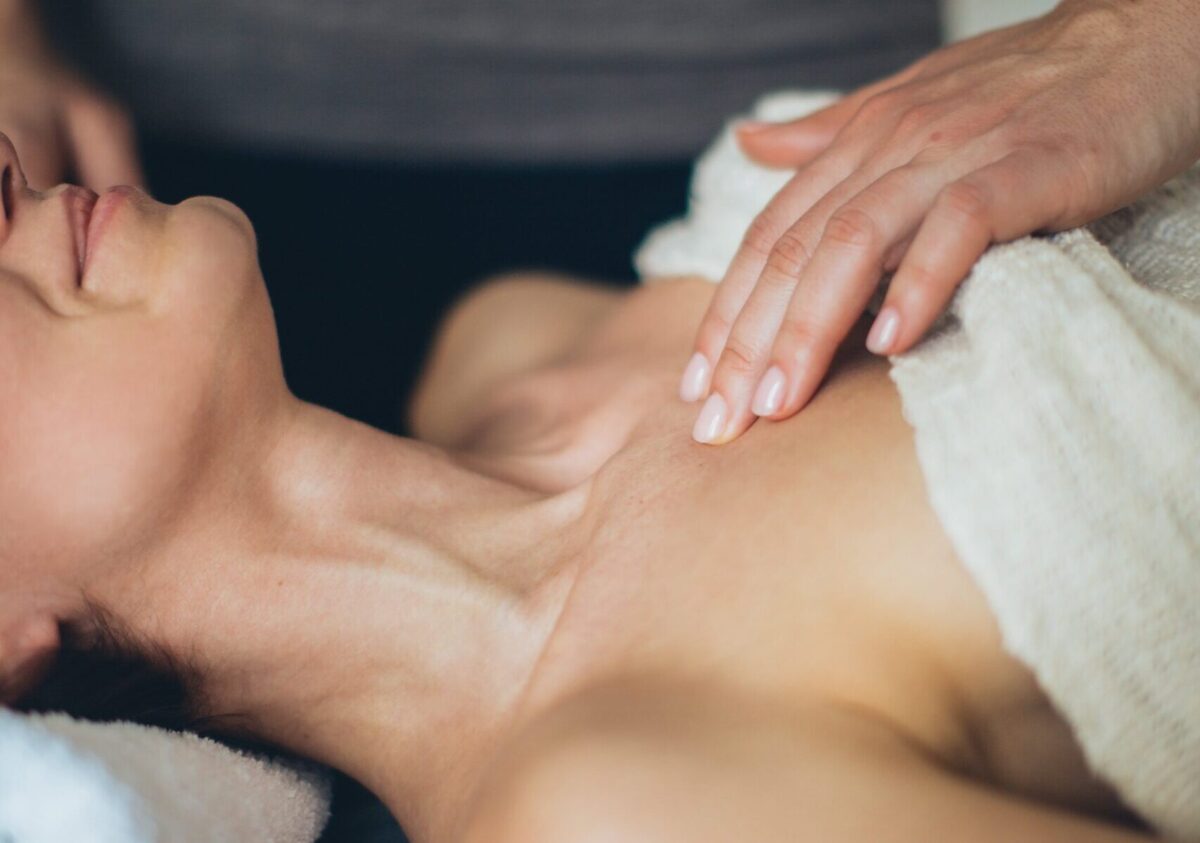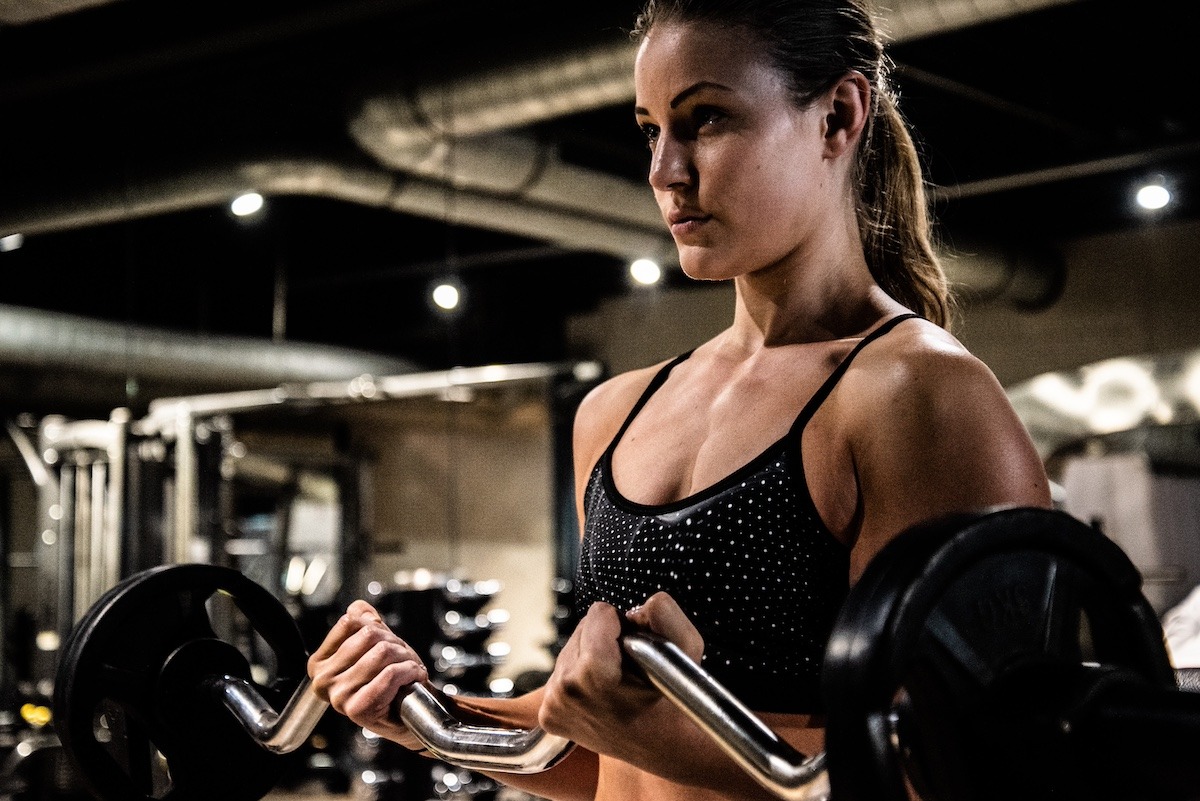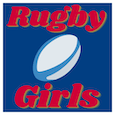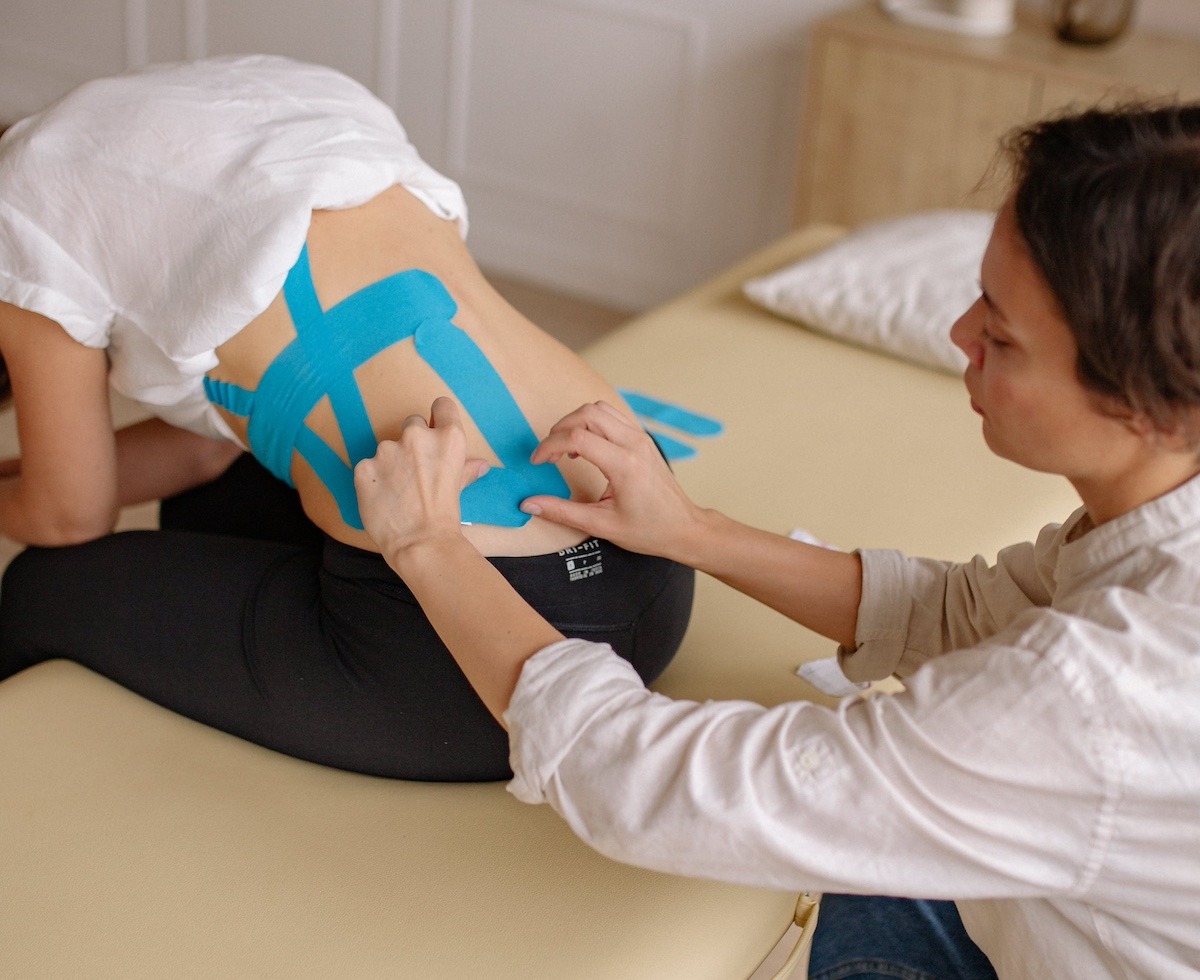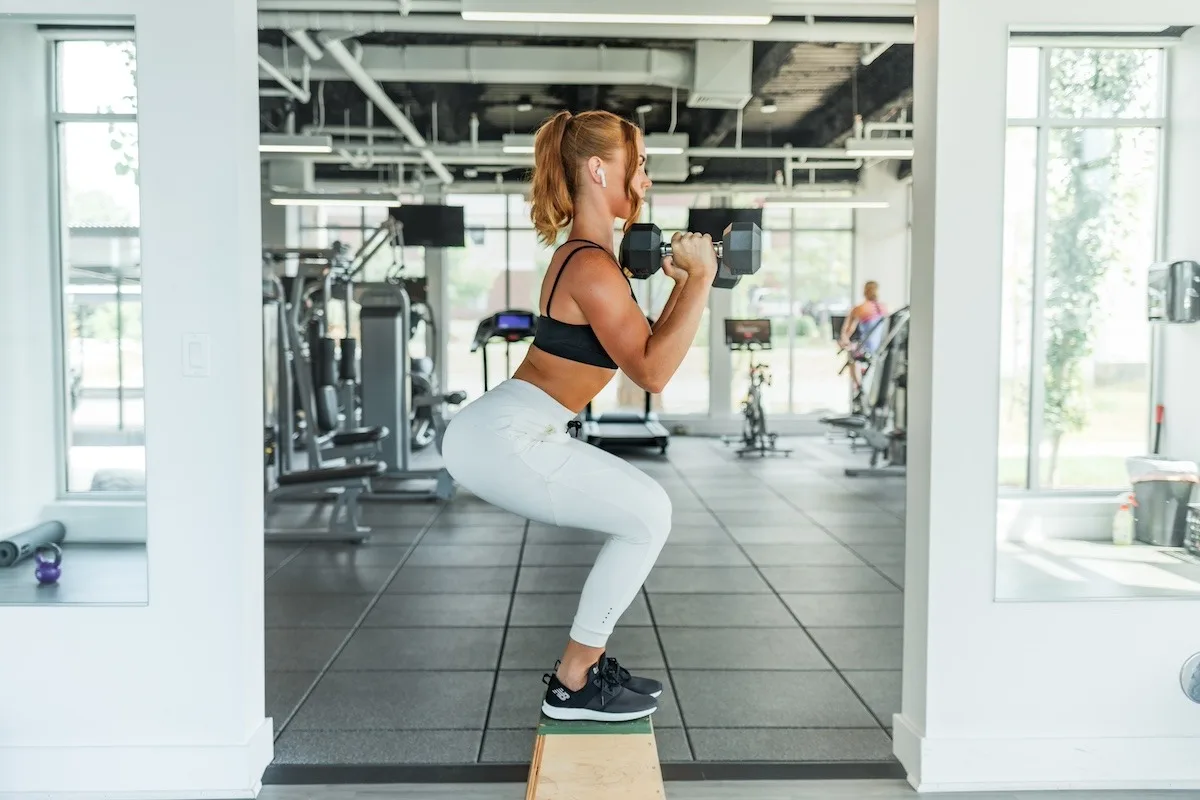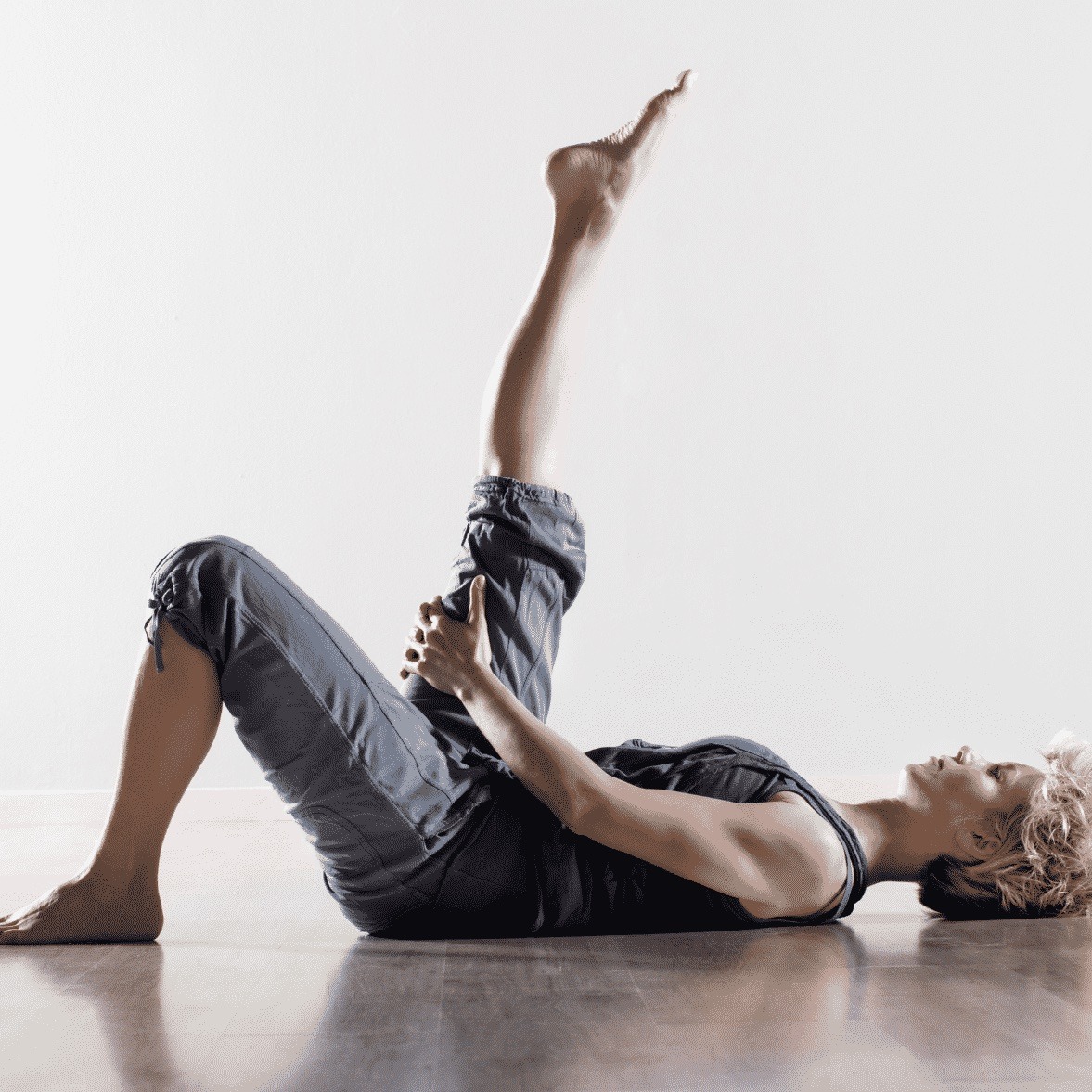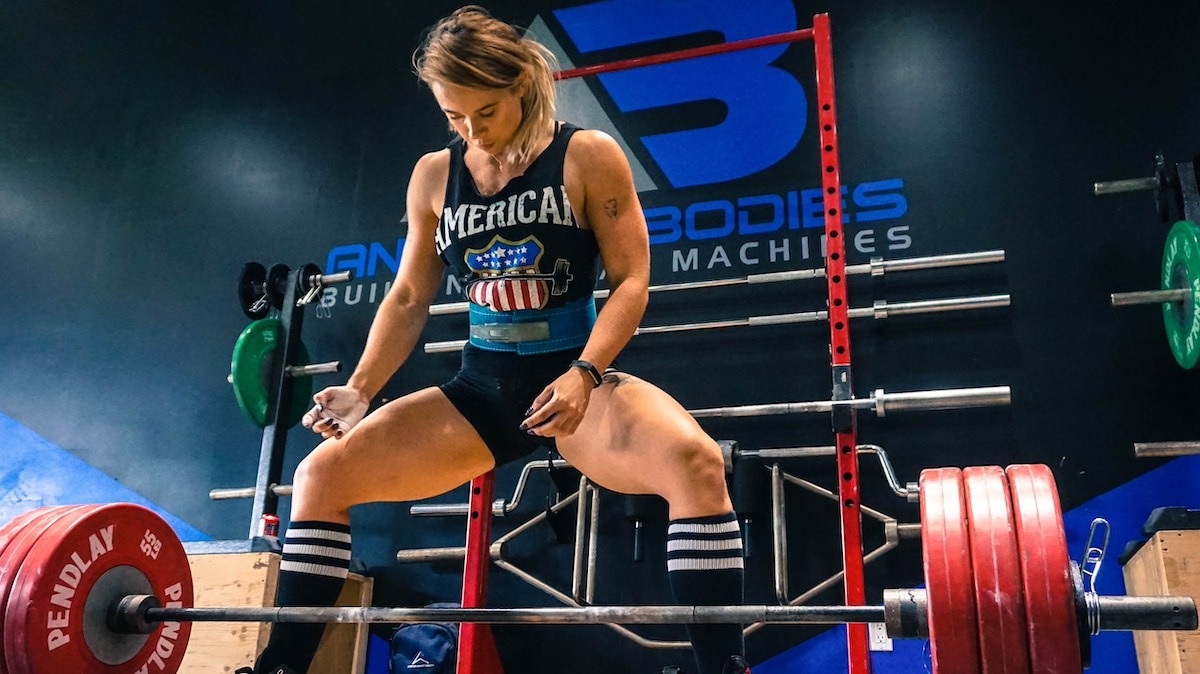Neck Muscles
Neck muscles play a crucial role in rugby, contributing to player strength, agility, and overall safety. The neck’s anatomy consists of various muscles, including the sternocleidomastoid, trapezius, and scalenes, which work in tandem to support key functions on the rugby field.
Functionally, these muscles help stabilize the head during tackles, scrums, and rucks, reducing the risk of neck injuries. Strong neck muscles also aid in head control during contact situations, preventing whiplash and head trauma. Additionally, they enhance a player’s ability to tackle effectively by providing better control over their head position.
Furthermore, neck strength is essential for the scrum, where players engage in a powerful, coordinated push. A robust neck supports proper body alignment and stability, ensuring a safer and more effective scrummaging technique.
Shoulder Muscles
Shoulder muscles play a pivotal role in the sport of rugby, contributing to the overall performance and resilience of players. The shoulder complex is composed of several key muscles, including the deltoids, rotator cuff muscles (supraspinatus, infraspinatus, teres minor, and subscapularis), and the trapezius.
These muscles are essential for various aspects of rugby. The deltoids provide power and stability when tackling opponents and carrying the ball. They also facilitate overhead throwing, crucial for lineouts and passing. The rotator cuff muscles ensure shoulder joint stability, preventing injuries during tackles and scrums. Meanwhile, the trapezius muscles assist in lifting, carrying, and supporting the head and neck during scrums and rucks.
Strong and well-conditioned shoulder muscles are vital for players to endure the physical demands of rugby and reduce the risk of injuries. They enable players to deliver powerful tackles, pass accurately, and support teammates effectively. In a sport where physicality and teamwork are paramount, shoulder muscles are indispensable for success on the rugby field.
Back Muscles
In the world of rugby, back muscles play a pivotal role in enhancing performance and preventing injuries. Comprising several muscle groups, including the latissimus dorsi, erector spinae, and trapezius, these muscles provide stability, strength, and agility on the field.
The latissimus dorsi, often referred to as the “lats,” are essential for movements like pulling, lifting, and throwing. These muscles enable powerful tackles and accurate passes, crucial skills in rugby.
The erector spinae muscles, running along the spine, provide core stability and enable players to maintain an upright posture while absorbing impact during tackles and scrums. They also support explosive movements like sprinting and jumping.
The trapezius muscles, located in the upper back and neck, contribute to shoulder and neck stability. Rugby players heavily rely on them for supporting the head during scrums and rucks.
Chest Muscles
Chest muscles play a crucial role in rugby, contributing to both performance and injury prevention. The chest muscles, primarily the pectoralis major and minor, are responsible for various functions in the sport.
- Powerful Ball Carrying: Rugby demands physical strength, and the chest muscles provide essential power for ball carrying. When a player charges forward, their chest muscles help push through opponents and gain ground.
- Tackling: Effective tackling is fundamental in rugby. Chest muscles assist in generating the force needed to bring down opponents. A strong chest allows players to execute tackles effectively, reducing the risk of breakaways.
- Passing and Offloading: Precise passing and offloading are essential skills. Chest muscles aid in both short, powerful passes and long-range throws. Strong chest muscles enable players to distribute the ball accurately.
- Scrum Engagement: In scrums, front-row players rely on chest muscles to withstand immense pressure and maintain stability. A robust chest ensures a stable scrum platform.
- Injury Prevention: Developing chest muscles can help protect the ribcage and reduce the risk of injury, particularly during collisions and tackles.
In conclusion, chest muscles are vital in rugby for power, tackling, passing, scrummaging, and injury prevention. Training and maintaining strength in these muscles are integral for players to excel and stay safe on the field.
Biceps
The biceps brachii, commonly known as the biceps, play a crucial role in the sport of rugby. This muscle group consists of two heads, the long head and the short head, located in the upper arm. Their primary function is flexing the elbow, which is essential for activities like gripping the rugby ball, fending off opponents, and performing tackling maneuvers.
In rugby, strong biceps are vital for several reasons. First, they enable players to maintain a firm grip on the ball while running, passing, or dodging tackles, reducing the risk of turnovers. Additionally, biceps strength aids in stiff-arming opponents, creating separation, and fending off tackles, allowing players to advance with the ball. Moreover, during tackles and scrums, the biceps help stabilize the arm and shoulder, minimizing the risk of injuries.
Triceps.
The triceps brachii, commonly known as the triceps, are a crucial muscle group for rugby players. These muscles are located on the back of the upper arm and consist of three heads: the long head, lateral head, and medial head.
In rugby, the triceps play a vital role in various aspects of the game. Firstly, they are essential for powerful tackles and defensive maneuvers. When a player extends their arm to make a tackle, the triceps contract forcefully to generate the necessary strength to bring down an opponent.
Secondly, the triceps are crucial for efficient ball handling and passing. They provide stability and control when passing the ball accurately, making them essential for both offensive and defensive plays.
Lastly, these muscles contribute significantly to a player’s overall upper body strength, which is essential for scrums, lineouts, and rucks. Strong triceps help players push against opponents during these physically demanding situations.
Forearms
Forearm muscles play a vital role in rugby, contributing to a player’s strength, agility, and ball-handling abilities. These muscles are primarily responsible for wrist and finger movements, which are crucial in tackling, passing, and catching the ball.
The forearm consists of two main muscle groups: the flexors on the inner side and the extensors on the outer side. The flexors, such as the flexor carpi ulnaris and flexor carpi radialis, help players grip the ball firmly and execute precise passes. They also aid in controlling the wrist during tackles and rucks.
On the other hand, the extensors, including the extensor digitorum and extensor carpi radialis, are crucial for wrist stability and strength, enabling players to resist opponents’ tackles and maintain ball control.
Strong and well-developed forearm muscles not only improve a player’s performance but also reduce the risk of injuries. Regular training and conditioning of these muscles enhance grip strength, ball-handling skills, and overall rugby prowess. In the intense physical demands of rugby, forearm muscles are a critical component for success and player safety.
Core Muscles
Strong core muscles play a crucial role in rugby, contributing to both performance and injury prevention. The core consists of muscles in the abdomen, lower back, and pelvis, serving as the body’s central stabilizing unit.
In rugby, a strong core is essential for several reasons. Firstly, it provides stability and balance, allowing players to maintain control while running, tackling, or changing direction. This stability is vital for preventing injuries, as it reduces the risk of awkward falls or sudden twists that could strain muscles or joints.
Moreover, a robust core enhances a player’s power and strength. It serves as a bridge between the upper and lower body, transferring force generated by the legs and arms efficiently. This translates into more powerful tackles, stronger scrummaging, and explosive bursts of speed.
Glutes
Strong glutes are essential for rugby players due to their crucial role in the sport’s physical demands. The gluteal muscles, comprised of the gluteus maximus, medius, and minimus, play a pivotal role in a rugby player’s performance.
Functionally, the glutes are responsible for powerful movements such as sprinting, jumping, tackling, and scrummaging. The gluteus maximus, being the largest of the three, provides explosive force when propelling forward or making tackles. The gluteus medius and minimus stabilize the pelvis and support lateral movements, aiding in agility and balance.
In rugby, strong glutes can make a significant difference. They enhance speed, allowing players to break through defensive lines and chase down opponents. Strong glutes also improve tackling power, making it easier to bring down adversaries effectively. Moreover, they reduce the risk of injuries, as the glutes contribute to overall stability and help protect the lower back and knees.
Hip flexors
Strong hip flexors play a pivotal role in rugby, serving as a critical component of a player’s overall performance. The hip flexors are a group of muscles located in the front of the hip joint, including the iliopsoas, rectus femoris, and sartorius. Their primary function is to flex the hip joint, bringing the thigh towards the chest.
In rugby, powerful hip flexors are essential for various aspects of the game. Firstly, they aid in sprinting, allowing players to explode off the line and maintain high-speed runs down the field. Strong hip flexors also provide the necessary force for quick changes in direction, crucial for evading opponents or making sharp cuts. Additionally, these muscles are essential for tackling, helping players drive their bodies into opponents effectively.
Furthermore, hip flexors contribute to overall agility and balance, enhancing a player’s ability to maneuver in tight spaces and maintain stability during scrums and tackles. Neglecting hip flexor strength can lead to reduced performance and a higher risk of injury. Therefore, rugby athletes prioritize hip flexor training to ensure they can excel in this physically demanding sport.
Hamstring
Strong hamstrings are crucial for rugby players due to their significant role in the sport. These muscles, located at the back of the thigh, play a vital role in both the anatomy and function of rugby players.
Anatomy: The hamstrings consist of three muscles – the biceps femoris, semitendinosus, and semimembranosus. These muscles run from the hip to the knee, enabling flexion at the knee joint and extension at the hip joint.
Function: In rugby, hamstrings are involved in various actions such as running, sprinting, kicking, and tackling. They provide power and stability during acceleration and deceleration, essential for quick direction changes on the field. Additionally, strong hamstrings help stabilize the knee joint, reducing the risk of injury, especially during the physical demands of rugby.
Importance: Robust hamstrings enhance a player’s ability to generate explosive force, enabling them to sprint faster and tackle with more power. They also contribute to injury prevention by maintaining knee joint stability. Hamstring strength is vital for overall performance, making it a key focus in rugby strength and conditioning programs.
Quads
Strong quadriceps are vital for success in rugby, playing a pivotal role in a player’s performance. These muscles, located in the front of the thigh, consist of four individual muscles that work together to extend the knee and flex the hip.
In rugby, quads are responsible for explosive movements such as sprinting, tackling, and jumping. When a player accelerates to evade opponents or engages in a tackle, powerful quads provide the necessary force. Moreover, they play a crucial role in maintaining balance and stability during quick changes in direction.
Additionally, strong quadriceps can help prevent injuries. Rugby involves high-impact collisions, and robust quads provide better support to the knee joint, reducing the risk of ligament damage.
Calves
Strong calf muscles play a vital role in rugby, serving as a foundation for power, speed, and stability on the field. These muscles, comprised of the gastrocnemius and soleus, are responsible for various essential functions. The calf muscles are located in the lower leg, connecting the heel bone to the knee. The gastrocnemius, the larger of the two, gives the calf its visible shape, while the soleus lies beneath it, providing stability.
Calf muscles are crucial for running, jumping, and quick direction changes in rugby. They help propel players forward during sprints and provide stability during scrums and tackles. Additionally, strong calf muscles aid in absorbing impact, reducing the risk of injury.
Rugby demands explosive power and agility, both of which rely heavily on calf strength. Powerful calf muscles enhance a player’s ability to accelerate, jump for line-outs, and maintain balance in tackles. Neglecting calf development can lead to decreased performance and increased susceptibility to injury.













